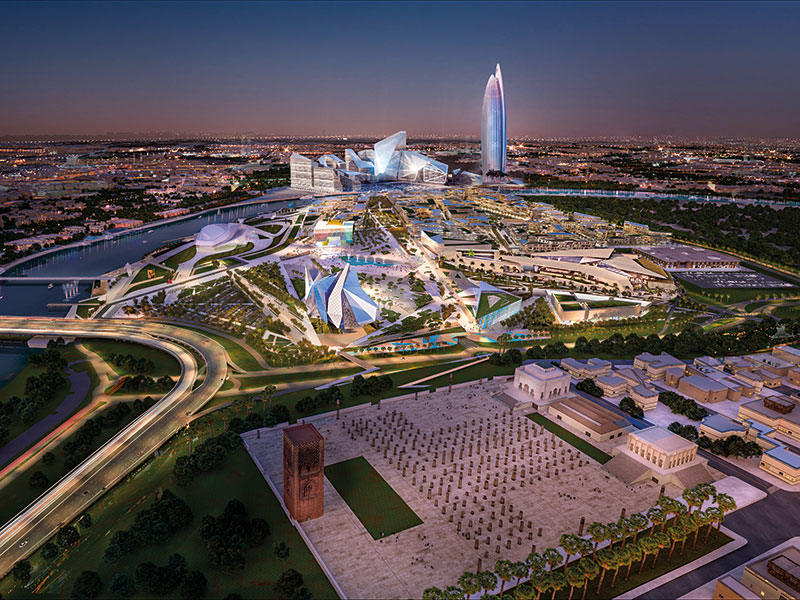
The Kingdom of Morocco is positioned as a strategic business hub that not only connects Europe with Africa, but also provides an invaluable bridge between North America and the Middle East.
Furthermore, Morocco stands out from other countries in the region due to its robust infrastructure, which meets internationally upheld standards, and its geopolitical stability. The country also enjoys skilled and efficient human capital, relatively low external debt and a favourable business environment.
Consequently, Morocco has become a thriving emerging market, capitalising on the benefits of international trade and global partnerships. For these reasons, it gained the top position in this year’s Africa Investment Index.
In light of Morocco being named the most attractive investment destination for the region, European CEO spoke with Imad Barrakad, CEO of the Moroccan Agency for Tourism Development (SMIT), about the country’s plans to fulfil its tourism potential.
Why is investment in Morocco’s tourism sector so attractive?
Morocco has numerous qualities that make it appealing to investors and visitors alike: an ideal climate all year long, a rich and diverse culture, and stunning landscapes. As such, the tourism sector has long been a crucial economic driver in the country. According to data platform Knoema, 18.6 percent of Morocco’s GDP in 2017 came from travel and tourism. This includes activities such as air and land transport, the food and beverage industry and other tourism-related services such as cleaning.
The Moroccan tourism industry has benefitted from various government incentives, both financial and administrative
Tourism generates significant employment opportunities, particularly for young people; it has created 600,000 direct jobs and more than three million indirect jobs in Morocco. The sector is also a valuable foreign exchange provider for Morocco’s trade balance, bringing in some $8bn (€7.02bn) in foreign capital each year.
The Moroccan Government has long recognised and prioritised tourism as a key sector. As a result, the industry has benefitted from various government incentives, both in terms of financial contributions and administrative support. The chief aim of these policies is to help ensure that tourism growth delivers broad and equitable social, economic and environmental benefits for the population.
How does SMIT support investors?
SMIT is a government body with expertise in tourism and hospitality. It is in charge of encouraging and coordinating the development of the Moroccan tourism industry so that it benefits all stakeholders. Over the past decade, it has built a strong relationship with both national and international private investors and operators in the tourism business.
Investment in the tourism and hospitality sector, as well as in tourism real estate, has exceeded $5bn (€4.29bn) over the last five years. Hotels and bed capacity have grown steadily over the past decade, increasing by six percent every year on average, and the number of tourists visiting Morocco has never fallen in the past 15 years, showing that the destination remains robust and enjoys international confidence. Consequently, Morocco became the most visited country in Africa in 2016, with 10.3 million tourist arrivals.
How will the national Moroccan tourism strategy allow different regions in Morocco to reach their potential?
As part of the national Moroccan tourism strategy, different programmes, suitable for each of the country’s eight tourist destinations, were set up with the aim of providing a diverse and high-quality offering to suit all of its visitors’ needs.
The many plans and projects that are part of the national Moroccan tourism strategy include the development of beach tourism. Numerous resorts have been opened along the Moroccan coast, from Saïdia on the north-east side of the Mediterranean coast, to Taghazout near Agadir and down to Chbika in the south.
SMIT has also addressed the need to develop its sustainable offering by promoting cultural products in the main cities of Morocco and eco-development in rural areas. In fact, Morocco is internationally recognised for its innovative approach to sustainability and authenticity.
What are the biggest challenges you face as the CEO of SMIT?
One of the main challenges I have to deal with is remaining consistent with various stakeholders while aligning all of their interests, which can differ. It’s important to act as a government body that serves the public sector but meets the interests of private investors at the same time.

